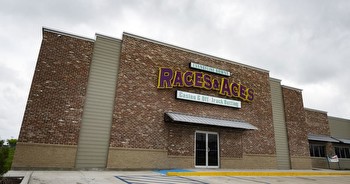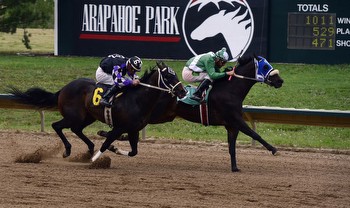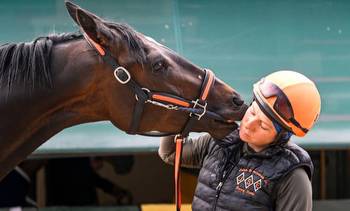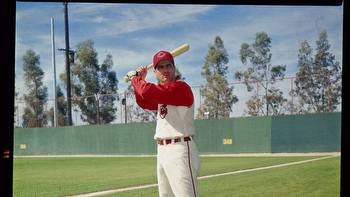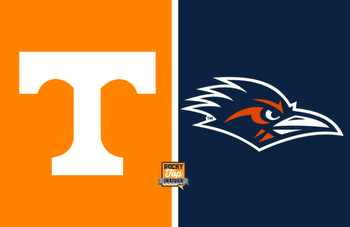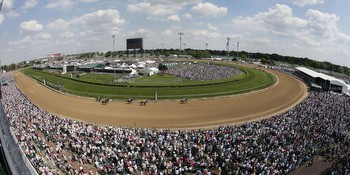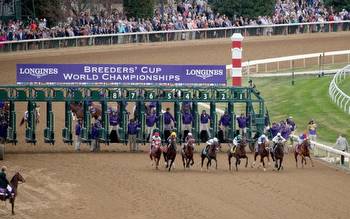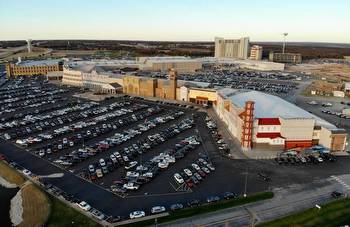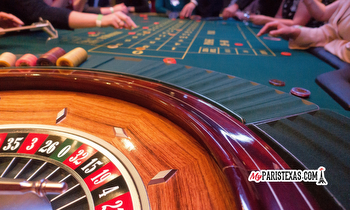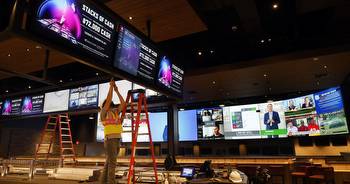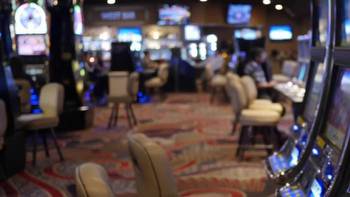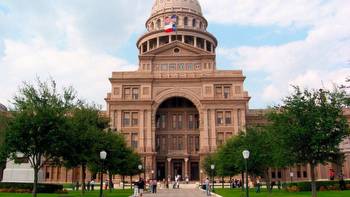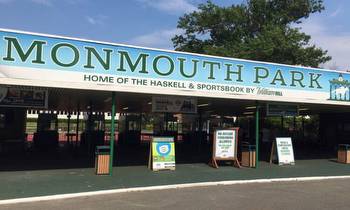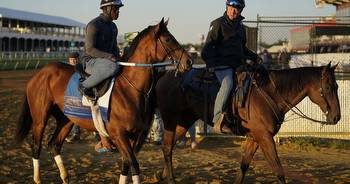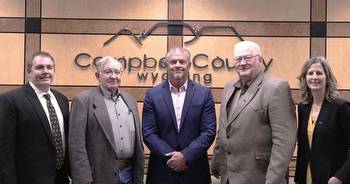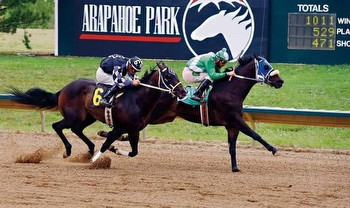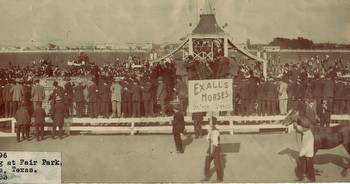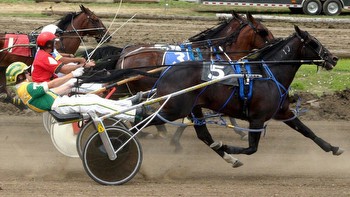Giveaway tokens tied Alamo Downs racetrack to Texas Centennial
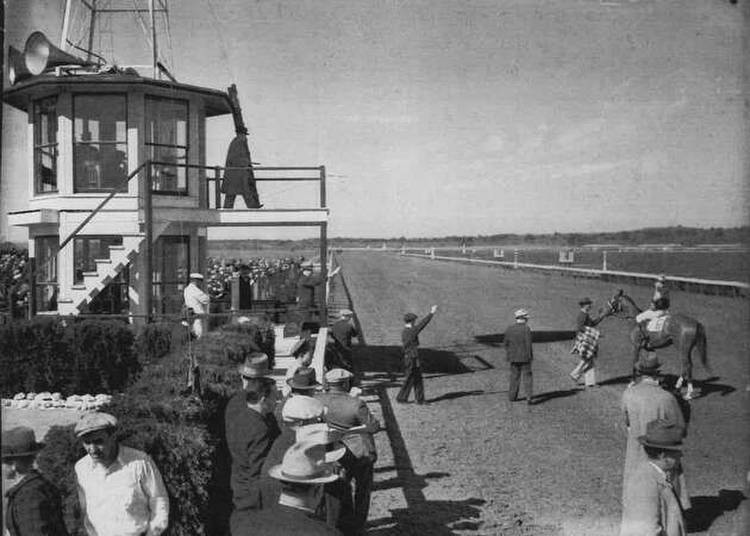
This is a carousel. Use Next and Previous buttons to navigate
When I was out metal detecting (at a private home), I dug (up) a token commemorating the (Texas) Centennial, 1836-1936, at the horse races at Alamo Downs. I also found a 1936 silver quarter in the same yard. The token may be rare, as I was unable to find one or any information on it online.
— Gerald Hewitt
Older readers will remember when change was a part of nearly everyone’s day. Not the technological or societal kind, but the coins we typically received from purchases. Before you could pay for almost everything electronically, men had pockets full of change they emptied into a dish on top of the dresser at night; women kept it in coin purses or not-very-adequate pockets on their wallets.
Besides its use as money, change was also seen as an advertising medium. Trade tokens like yours were given with change as a y’all-come-back reminder with change from the late 19th century through the early 20th.
From photographs, yours is slightly larger than a quarter. On the obverse or front, it says “Texas State Centennial/1836-1936” with an image of Sam Houston on a horse that probably was inspired by the 1925 equestrian statue by Enrico Cerracchio, in turn modeled on the equestrian portrait painted by S. Seymour Thomas for the Texas Building of the 1893 World’s Fair in Chicago. Below this iconic representation is a lone star, throwing rays like the ones from the mane and tail of Houston’s horse.
The reverse is type-only — “Alamo Downs Inc./Racing dates Jan. 1st-Feb. 22nd 1936 Inc(lusive)/San Antonio-Texas.” In minuscule letters at the bottom, it says, “METAL ARTS CO., ROCH. N.Y.” That’s the signature of the “makers of these handsome souvenir pieces struck by the Metal Arts Co. of Rochester, N.Y.,” according to the June 1984 issue of the TAMS (Token and Medal Society) Journal.
There were other versions made, including tokens with the same or common obverse for the McKean-Eilers Dry Goods Co. of Austin and the Progress Laundry of Dallas and Waco.
It’s made of what the journal article describes as “brass (gilt),” referring to a shiny coating some surviving specimens may have lost, with the caveat that the “basic metal may not be brass,” since “it does not tone evenly and could be a lesser metal of some kind.”
The centennial actually marked 100 years of independence from Mexico, rather than a century of statehood, which wouldn’t come for almost another decade. The Advertising Clubs of Texas and the Texas Press Association had pushed for a statewide celebration since the mid-1920s. In the early ’30s, the Texas Legislature appointed a Centennial Commission, and state and federal funds were appropriated. The state’s largest cities — Dallas, Houston and San Antonio — vied to host; Dallas got the nod for putting up more money and already having the state fairgrounds.
Besides the officially funded Centennial Exposition in Dallas, historical re-enactments and pageants, markers and monuments — of which the Alamo Cenotaph is one — there were souvenirs of all kinds. Some were approved by the Centennial Commission; others just showed up. There were U.S. postage stamps and 50-cent pieces as well as demitasse spoons, all sorts of chinaware, keychains, paperweights, postcards, booklets, prints and maps.
While San Antonio tokens going back to the late 1800s often are inscribed as “good for” something — one drink, a certain amount of money toward a purchase — the centennial tokens were for goodwill by association. “The centennial was really a big deal back then,” said Sarah Reveley, a noted collector of Texas Centennial items who donated her collection to the Briscoe Center for American History at the University of Texas at Austin. Centennial-theme tokens, she said, “were just for advertising. They were not produced by the Centennial Commission, so I assume they were offered by various token manufacturers to companies as souvenirs.”
In the case of your token, the obverse would have been made with the Sam Houston design, with the backs left blank to be cast with the buyer’s choice.
The dates refer to the winter race meeting or series of races held at Alamo Downs, a horse-racing track (covered here July 3, 2011) out Culebra Road that opened in 1934 after parimutuel betting was legalized the previous year.
Through the spring of 1937, Alamo Downs would run winter and sometimes spring and summer seasons over the next few years. An ad that ran in the San Antonio Express, Jan. 1, 1936, promises eight races a day, rain or shine, for a 40-cent admission.
The tokens probably were not common; Joe R. Straus Jr., age 95, who frequently attended races there with his parents, never saw them. They weren’t used in betting: “Parimutuel tickets were and are printed showing the race, number of the horse, date and the dollar amount.” But maybe they helped swell the throngs that attended the 1936 winter meet, which ended its 46-day run with paid attendance of 133,858. The Texas Racing Commission reported tax earnings of $102,112 for the state’s cut of the season’s wagering.
Alamo Downs was left with a profit of $65,000 from “the most successful season in track history,” says the San Antonio Light, Feb. 25, 1936. Track President Raymond Russell announced plans for improvements — a paved parking lot, resurfaced track, glass-enclosed parts of the clubhouse and spruced-up stalls to attract “better horses.”
The following year, however, brought a cascade of disasters. Downpours and resulting mud made “rain or shine” a safety hazard, and Alamo Downs had to close for days at a time. A key employee from the beginning, starter Joe J. Nelson, was arrested on narcotics charges, fueling the claims of anti-racing activists. On top of that, the downtown bookies made it unnecessary for results-oriented gamblers to go all the way out to the track and look at horses.
The spring season ended with the crowning blow for the sport of kings: The Texas Legislature, called in for a special session by Gov. James Allred, voted to end parimutuel betting again. Alamo Downs was denied a permit for a summer 1937 season and was effectively closed.
Russell, who bore most of the financial liability for Alamo Downs, kept up the track for a while, stabling and training racehorses in hopes of persuading the Legislature to reconsider. “We could be ready to race in three days,” he told the Light, Jan. 30, 1938. Gradually, the land became an annex to the Russell ranch, used to keep goats and other livestock.
The hoped-for reversal of fortune didn’t happen until 1987 — long after Russell’s death in 1960.
As for centennial tokens, Reveley has seen an average price of $10 online. “Hardcore coin collectors will tell you not to clean them,” she said, “but people like me who want them because of the centennial will clean them up to display them.”

